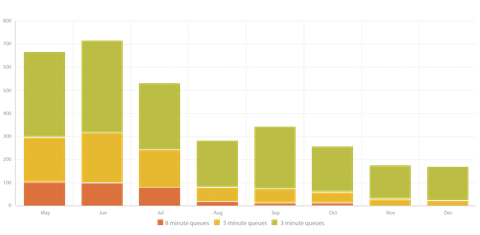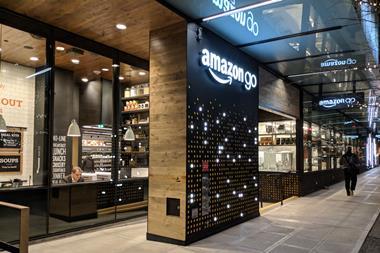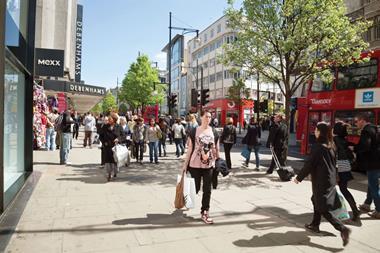Sebestyén Dóra, head of business development at Ultinous, on the three ways predictive queue management can help to boost business.
In a world of online shopping, queues are the single biggest barrier preventing customers from entering stores.
Research indicates that 89% of shoppers have left a store as a result of a long queue; more worryingly, 65% of these shoppers admit to visiting a rival store straight afterwards to get what they need.
People’s expectations have been shaped by their experiences of shopping in the virtual world, meaning they now have little to no patience when it comes to queueing.
“89% of shoppers have left a store as a result of the length of the queue”
Three ways shorter queues improve business
Through Ultinous’ work with a European retailer, we uncovered the three main areas of improvement for bricks-and-mortar stores, in relation to queue management:
- Increased footfall – due to your shorter queues, shoppers will choose you instead of the competition.
- Improved conversion rates – time-poor consumers are likely to spend more time in the store shopping if they see a short queue, rather than rushing to get to the checkout or even leaving empty-handed.
- Optimised shift management – having too many staff at the checkouts is not cost-effective, and you may be missing valuable customer interaction on the shop floor that could improve the chances of a sale. Prediction on customer distribution can help shop managers to plan ahead and set the optimal staff-to-customer ratio.
But how do you remove the problem of queues?
‘People counting’ may seem like a good way to handle the issue, but you’re simply observing the problem rather than solving it.
The solution is simple: prevent queues from happening in the first place.
By combining artificial intelligence (AI) with video analytics, you can recognise and manage the problem – and prevent it happening in the first place.
By automatically extracting and analysing data from existing CCTV feeds, real-time alerts can be sent to shop managers minutes before a queue is about to form.

Our research found that within a month of implementing AI-based queue prediction and alerting systems, in-store revenue can increase by up to 5.5%.
By identifying and improving what truly makes a difference to your shoppers, like short waiting times or having staff available to answer questions on the shop floor, you can create an in-store experience that strengthens your competitive position.

Sebestyén Dóra, head of business development at Ultinous
Click here to find out more about the Ultinous Queue Prediction Tool





























No comments yet